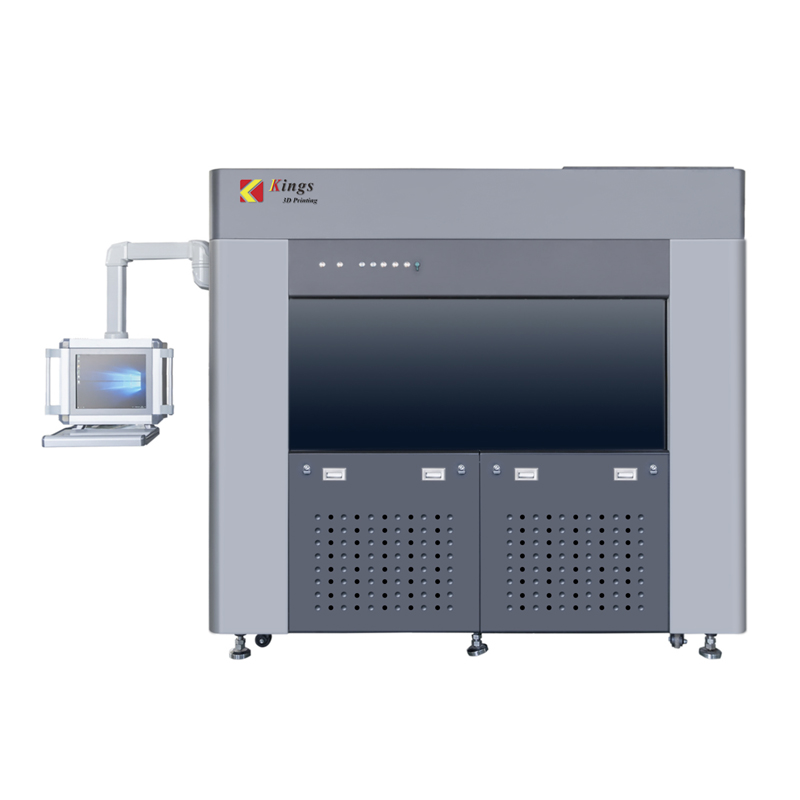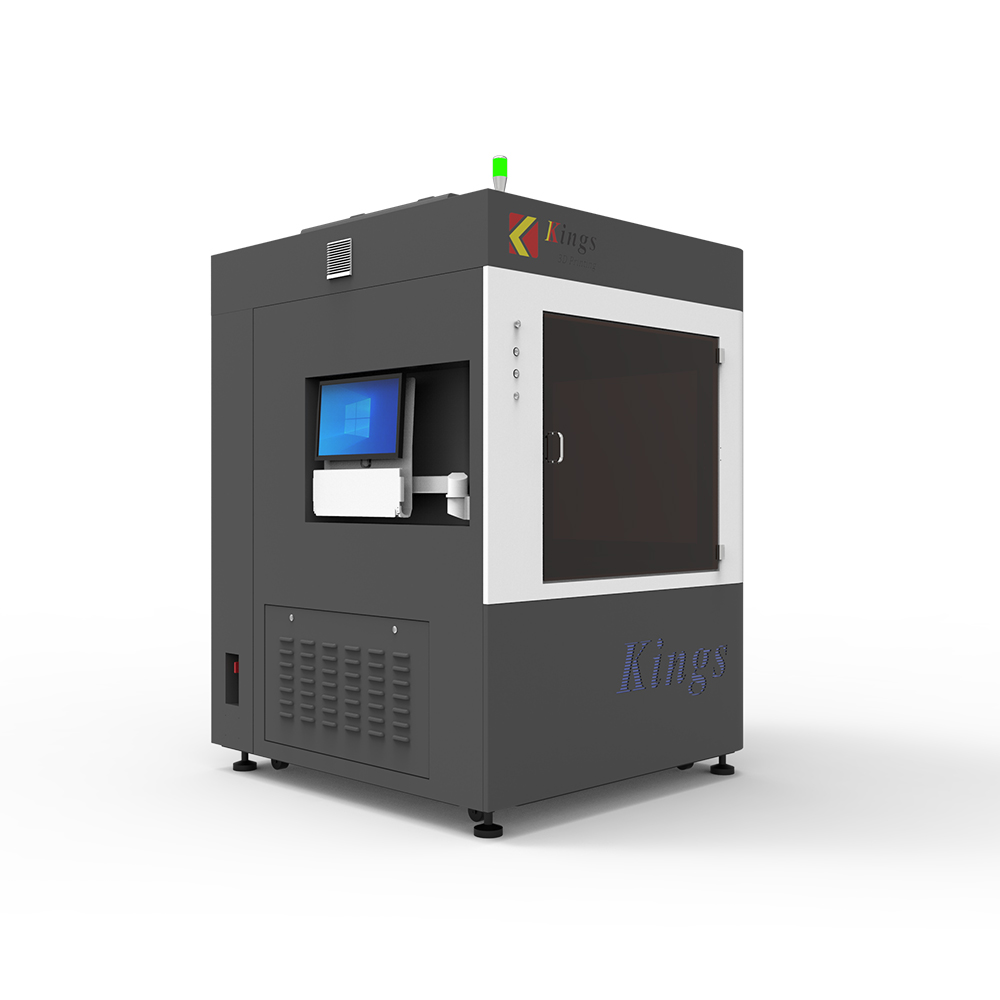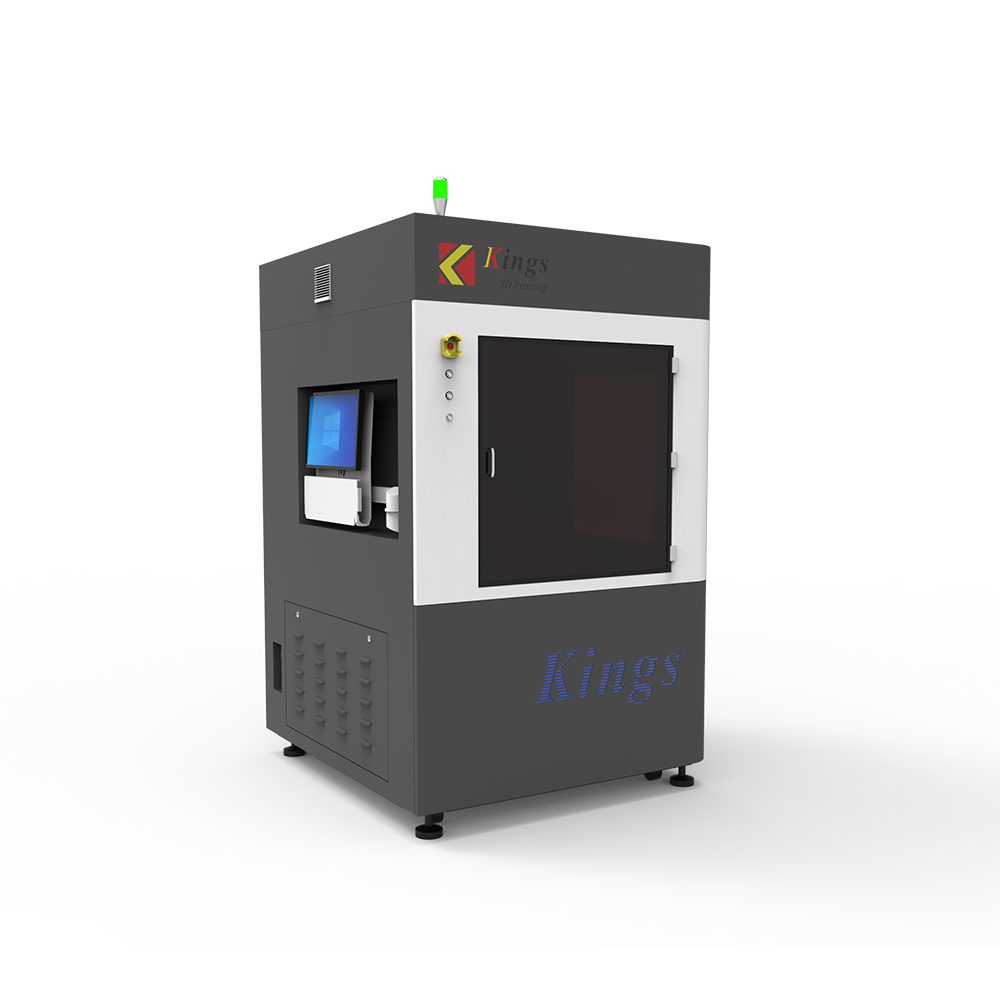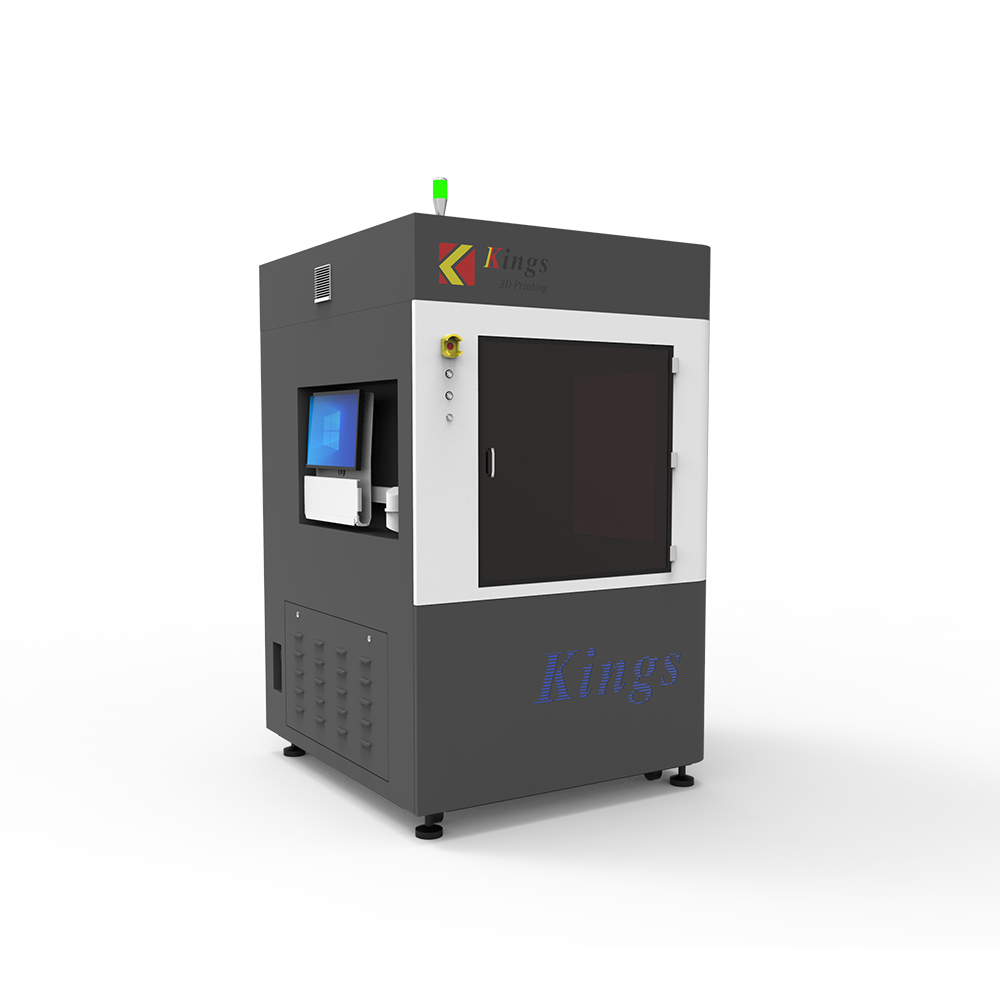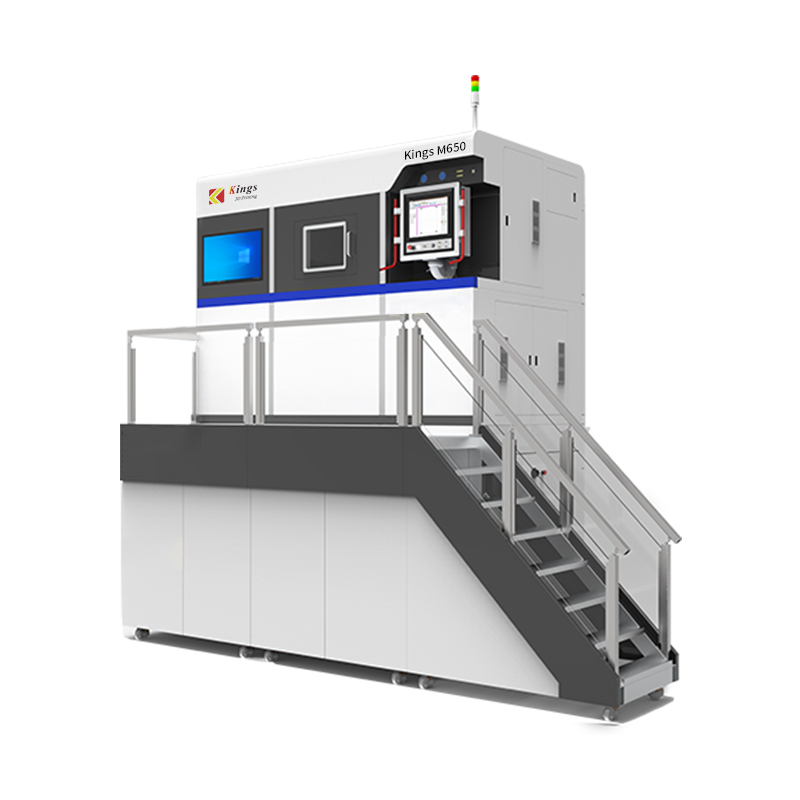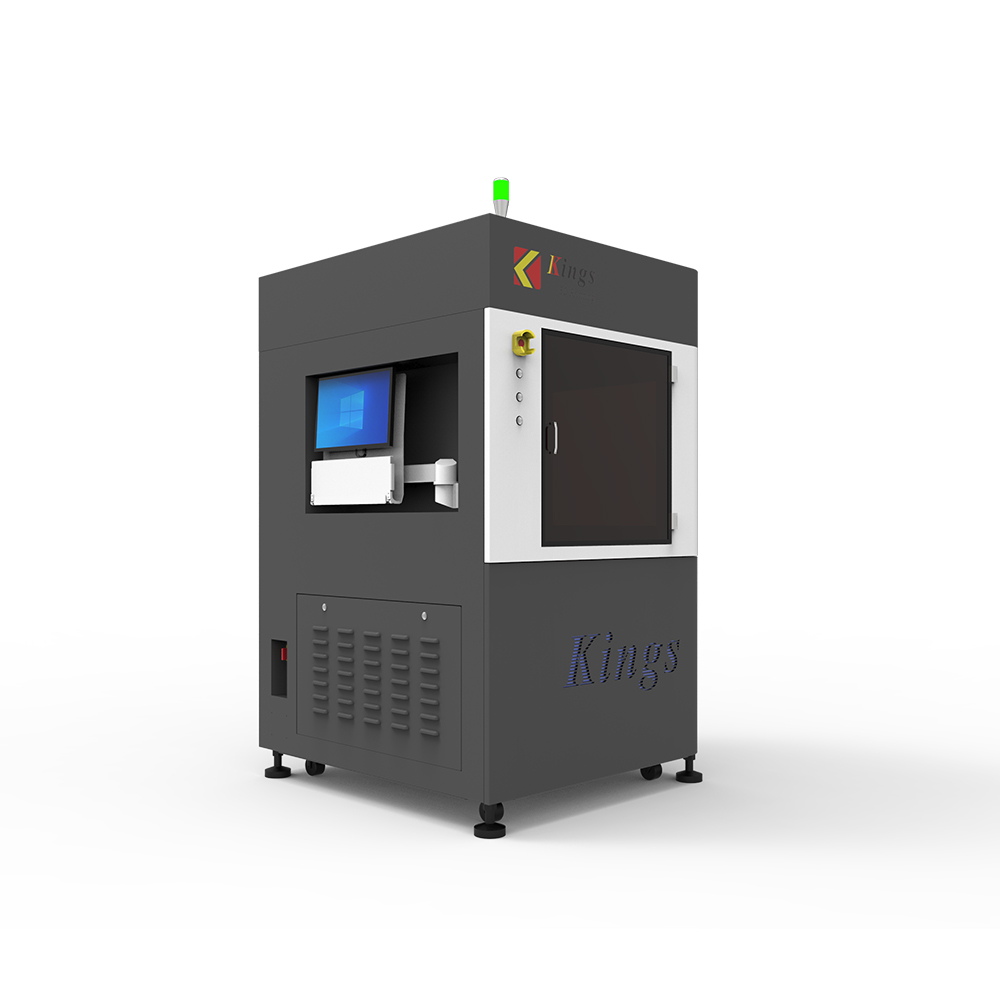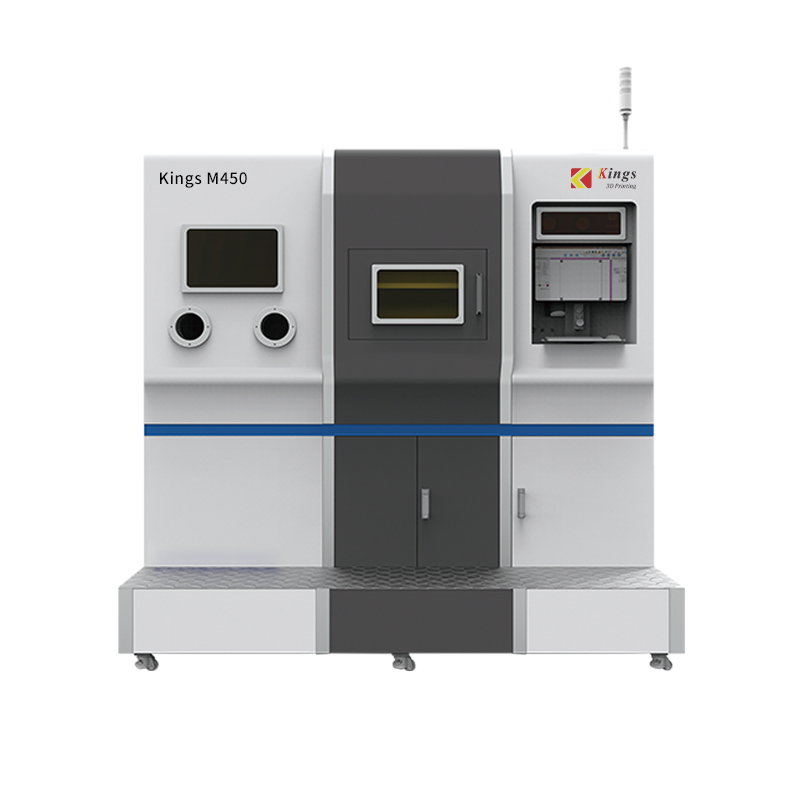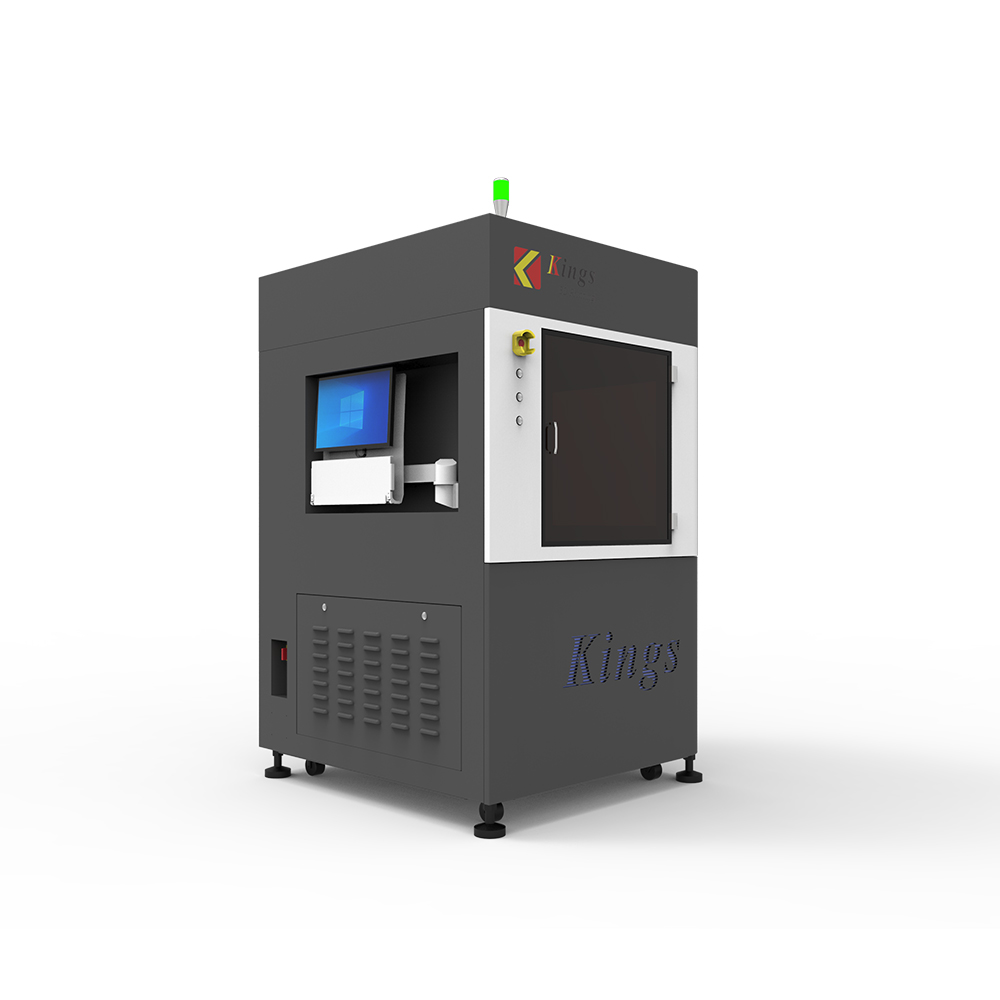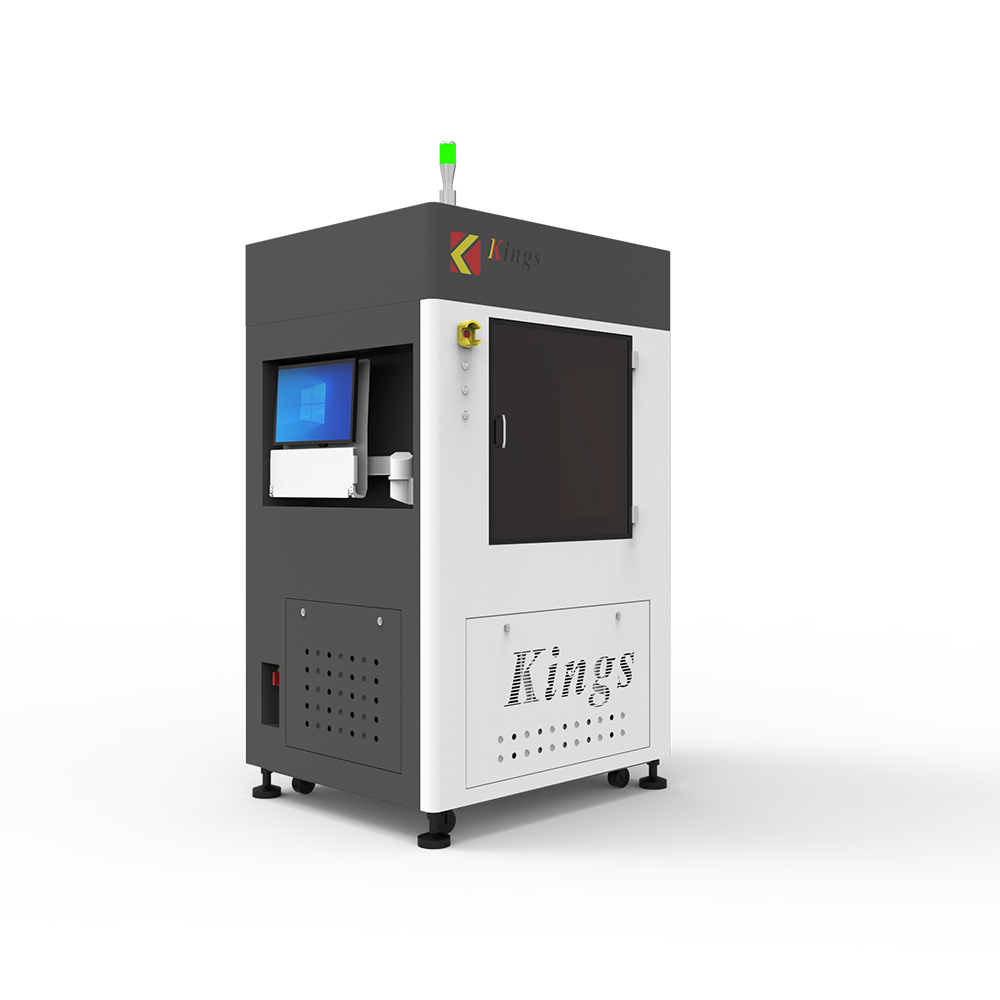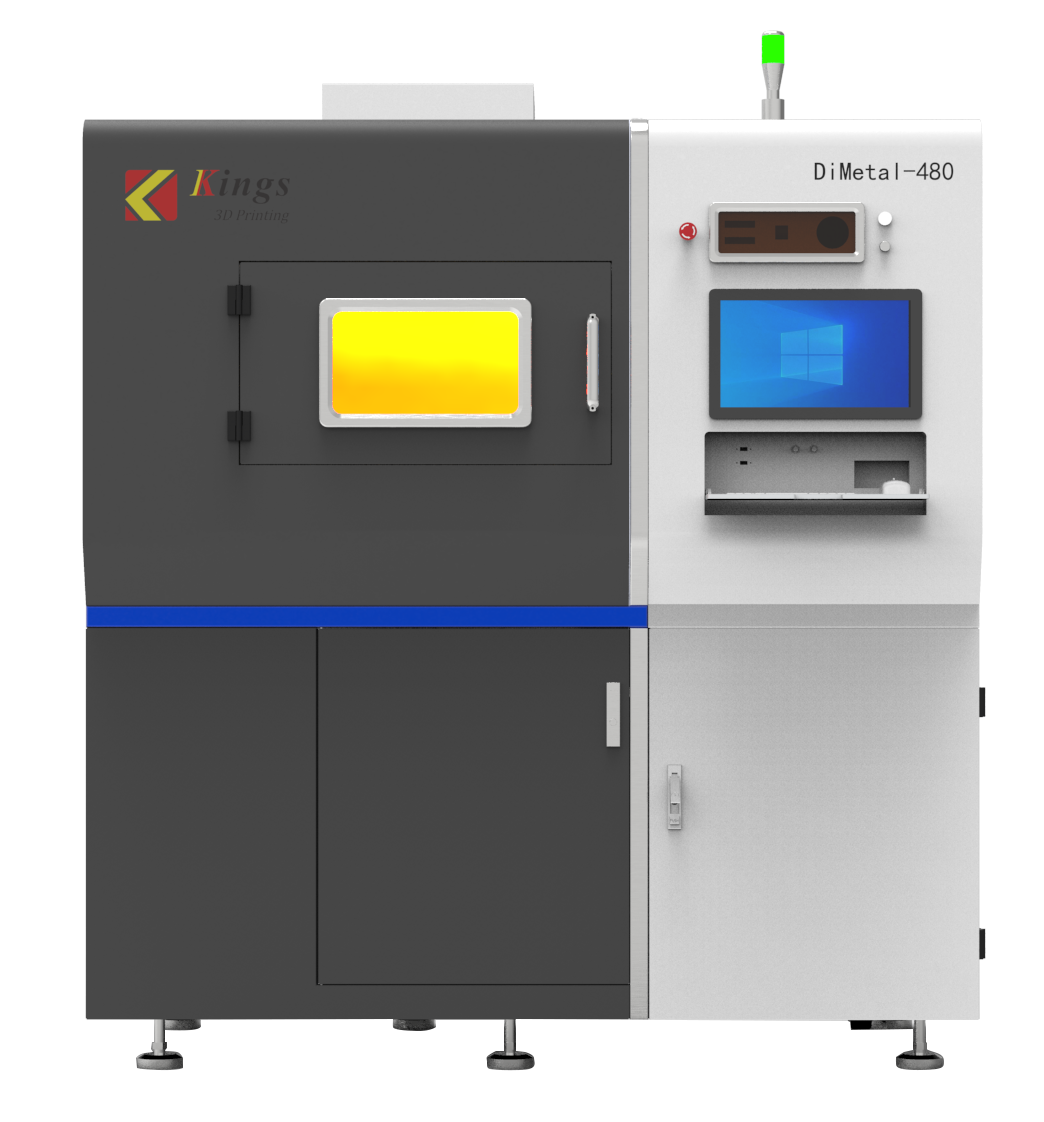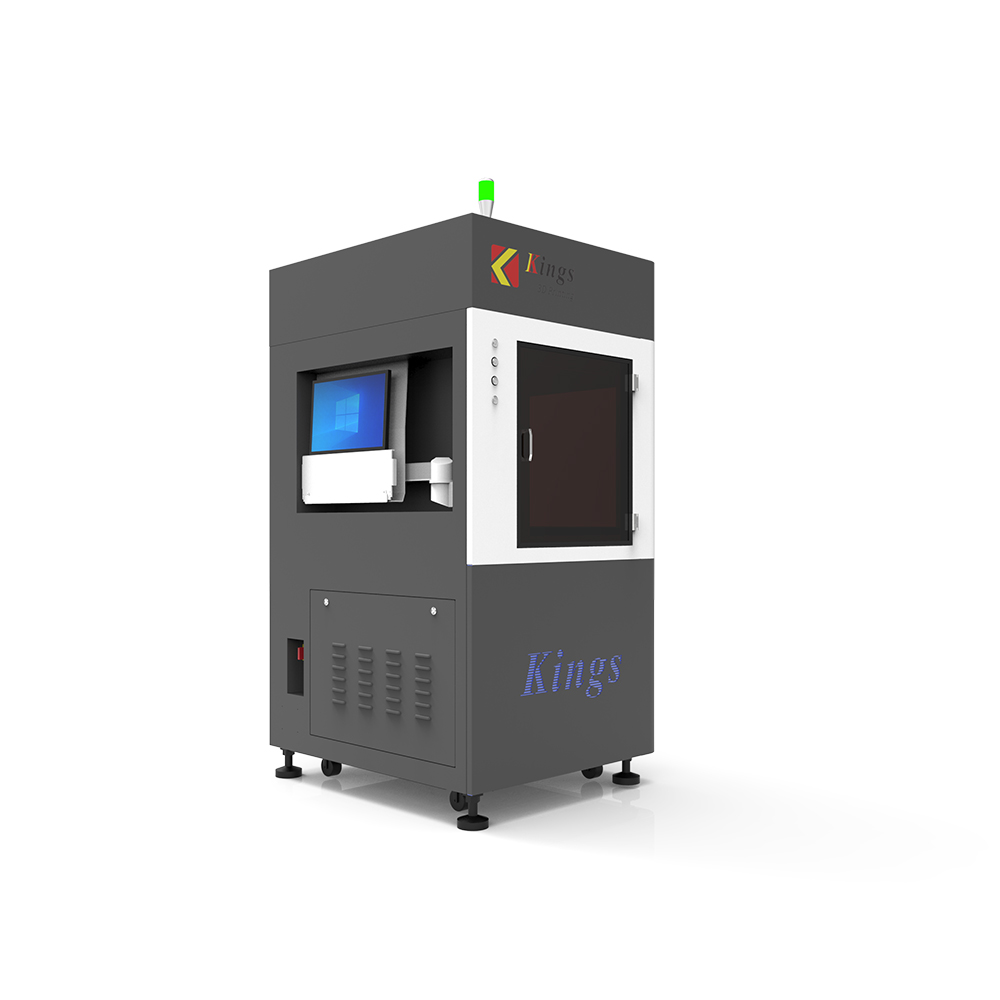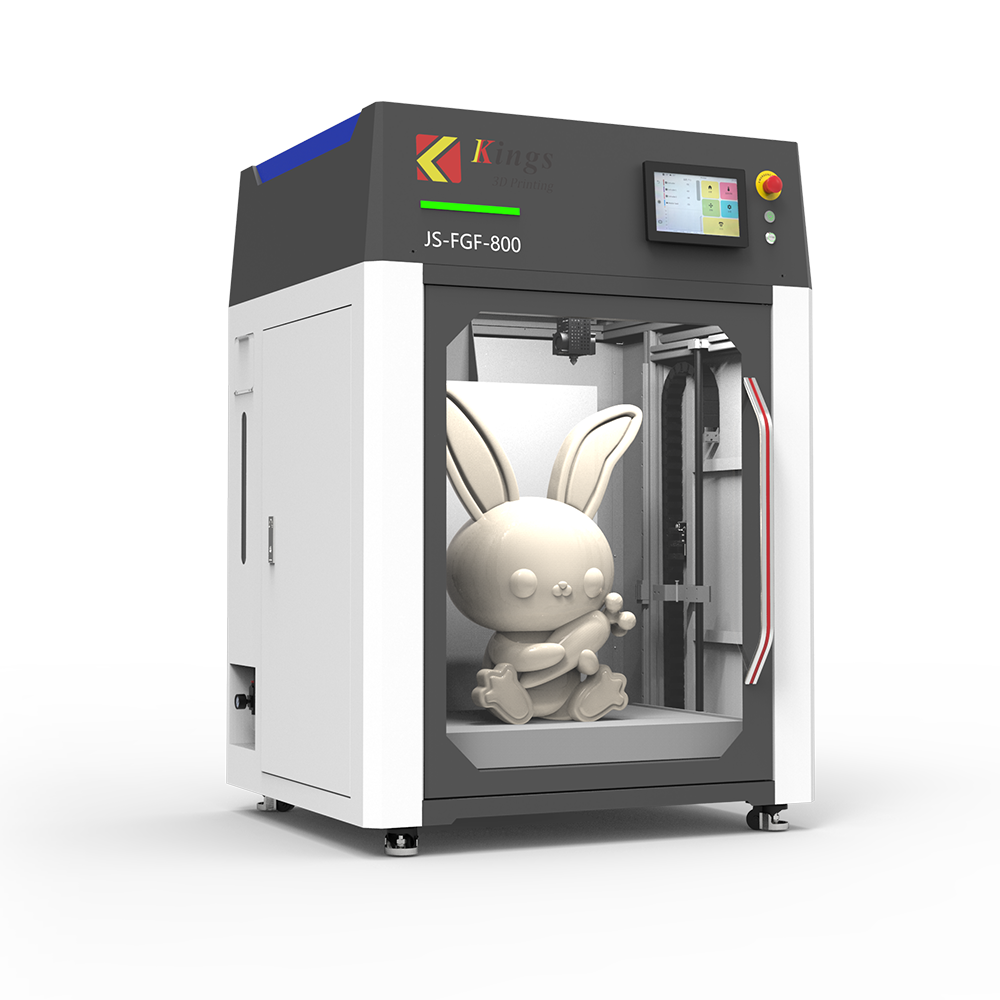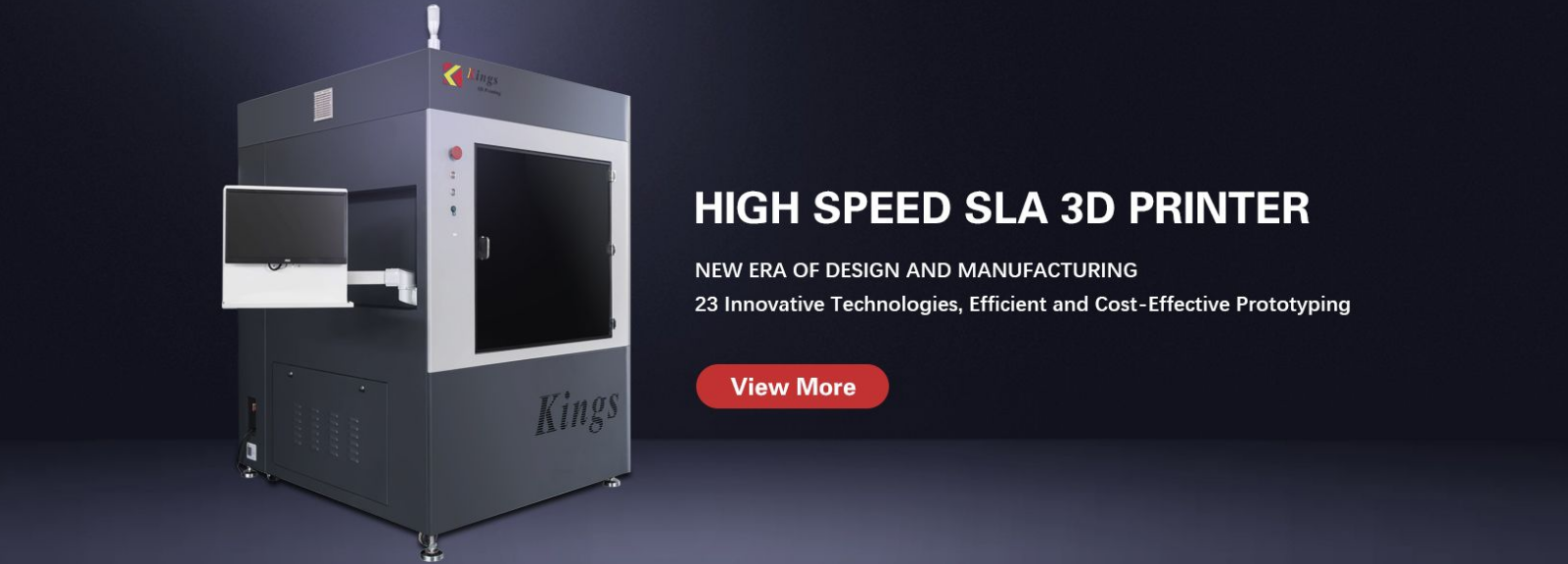
The advent of 3D printing has enabled the reduction of a considerable number of parts in manufacturing and has also facilitated the integrated manufacturing of parts. The public does not seem to understand enough why reducing the number of parts is so beneficial for the final product and manufacturing. KINGS3D has you covered.
3D printed iterative designs will be cheaper in terms of changing or developing new designs, as well as faster. For example, the space needed to store part sets is reduced to that of individual parts; all parts can be made individually, better integrated rather than working in discrete pieces. Overall, fewer parts also reduce many other variables, such as less surface area and fewer overall post-processed surfaces, less handling costs, fewer machine man-hours, and thus lower costs. there will also be less handling in the QA and QC process, which allows fewer parts to be tested, reducing costs and speeding up the testing process.

The overall impact of reducing the number of components by reducing the amount of material used will be more complex. For example, removing fasteners, integration and changing part shapes can fundamentally change the final part shape. Transportation costs are also reduced due to fewer parts, lighter mass and manufacturing centralization. Less material, transportation and machine time may also result in fewer emissions and less energy use, thus improving overall sustainability, while fewer parts, tools and materials also reduce storage costs in general, which significantly reduces storage time and factory storage space requirements and associated ancillary costs.
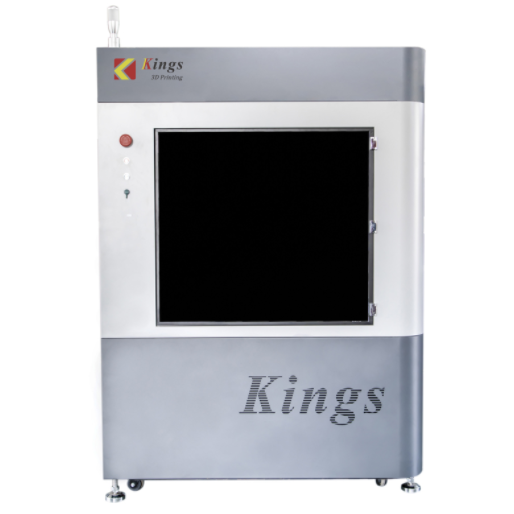
KINGS 800Pro Large Prototype Printer
From a parts perspective, 3D printing allows for faster part redesign without the need for tooling changes. Also, redesigning parts becomes cheaper and faster. With a distributed production approach, it also simplifies storage and logistics from a spatial perspective. However, parts integration means that the final parts produced will be larger and more complex, so when they break, the cost charged by the parts manufacturer for replacement increases. This may not be an advantage for the user, but the benefit is the ease of operation for the operator when it comes to MRO and replacement parts. Based on this, MRO and spare parts providers may make more money by selling more expensive parts and simpler ways to operate them.
The advent of 3D printing has made design iterations faster and easier, especially since the impact on other parts can be handled in one new part. Along with reduced shipping costs comes a relative reduction in order risk for suppliers. The reduced cash flow and capital expenditure required for new products enables the companies involved to respond more quickly to the market, changing products to meet new competitors, niches or applications. This means that future product updates will be faster and less costly.
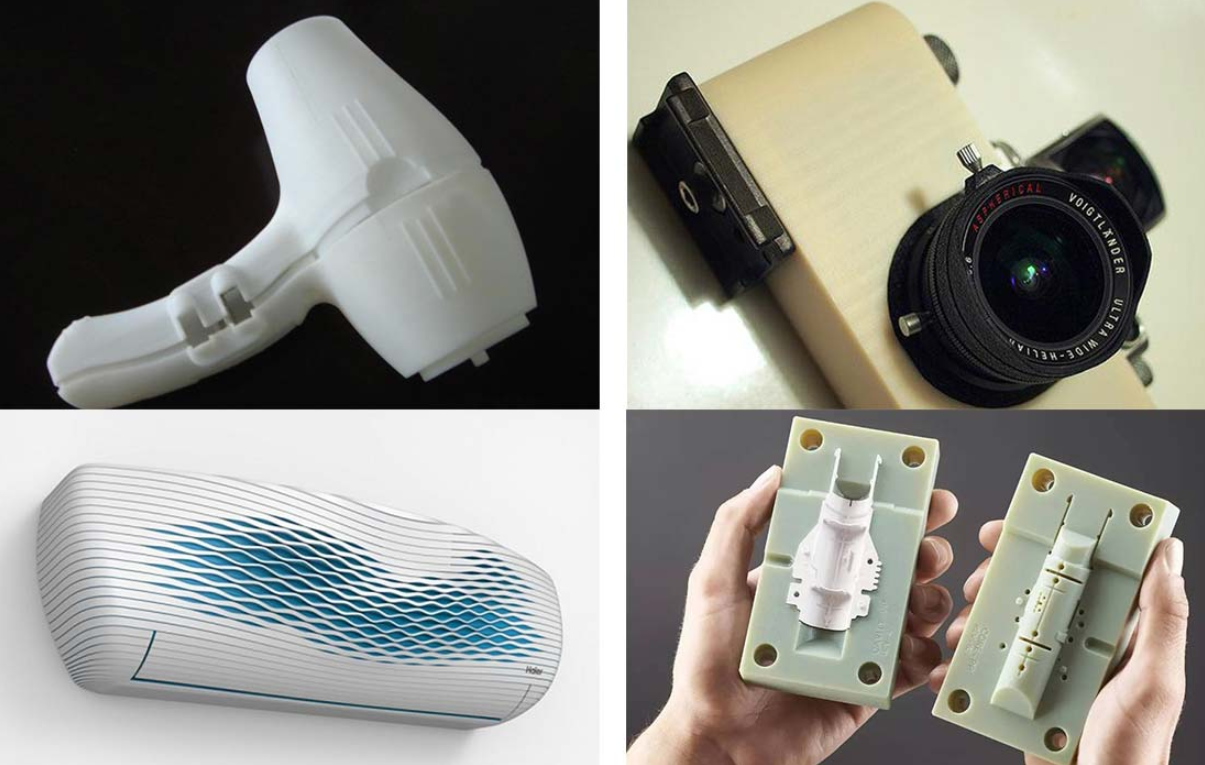
Fewer parts mean less service costs, and fewer parts take less time to replace, resulting in less overall downtime, which can reduce maintenance costs. And fewer assembly times and steps can reduce operator error rates, as well as eliminate the risk of fasteners, glues and materials interfering with each other, reduce material failures, and overall production speeds are greatly accelerated. This will shorten the time to market for future new products and make the companies involved more competitive in the future market.

If you are looking for a 3d printer manufacturer, please contact us.



